#silkroad
Photo
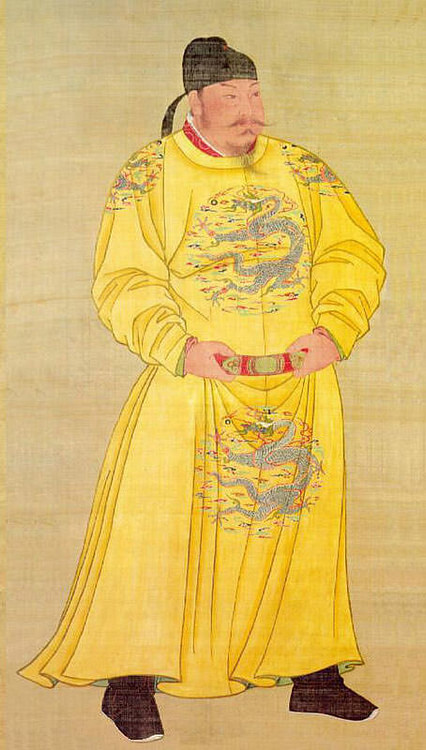
Silk in Antiquity
Silk is a fabric first produced in Neolithic China from the filaments of the cocoon of the silk worm. It became a staple source of income for small farmers and, as weaving techniques improved, the reputation of Chinese silk spread so that it became highly desired across the empires of the ancient world. As China's most important export for much of its history, the material gave its name to the great trading network the Silk Road, which connected East Asia to Europe, India, and Africa. Not only used to make fine clothes, silk was used for fans, wall hangings, banners, and as a popular alternative to paper for writers and artists.
Origins & Cultivation
Silk is produced by silk worms (Bombyx mori) to form the cocoon within which the larvae develop. A single specimen is capable of producing a 0.025 mm thick thread over 900 metres (3,000 ft) long. Several such filaments are then twisted together to make a thread thick enough to be used to weave material. Fabrics were created using looms, and treadle-operated versions appear in, for example, the murals in tombs of the Han dynasty (206 BCE - 220 CE). The silk could be dyed and painted using such minerals and natural materials as cinnabar, red ochre, powdered silver, powdered clam shells, and indigo and other inks extracted from vegetable matter.
Sericulture - that is the cultivation of mulberry leaves, the tending of silkworms, the gathering of threads from their cocoons and the weaving of silk - first appears in the archaeological record of ancient China c. 3600 BCE. Excavations at Hemudu in Zhejiang province have revealed Neolithic tools for weaving and silk gauze. The earliest known examples of woven silk date to c. 2700 BCE and come from the site of Qianshanyang, also in Zhejiang. Recent archaeological evidence suggests that the Indus Valley civilization in the north of the Indian subcontinent was also making silk contemporary with the Neolithic Chinese. They used the Antheraea moth to produce silk threads for weaving.
However, silk production on a large scale and involving more sophisticated weaving techniques would only appear from the Chinese Shang and Zhou dynasties in the 2nd millennium BCE. Silk then became one of the most important manufactured and traded goods in ancient China, and finds of Shang dynasty (c. 1600 - 1046 BCE) silk in an Egyptian tomb are testimony to its esteemed value and use in early international trade.
Continue reading...
31 notes
·
View notes
Photo

#portra#portra400#mood#fujifilm#fujixweekly#light#minimal#streetphotography#arhitecture#uzbekistan#silkroad
64 notes
·
View notes
Text

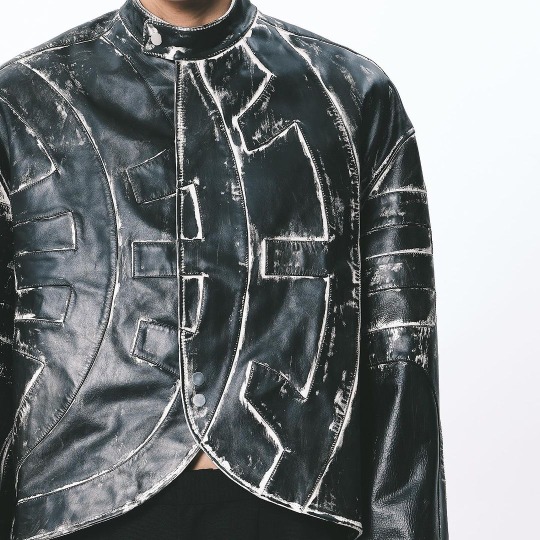
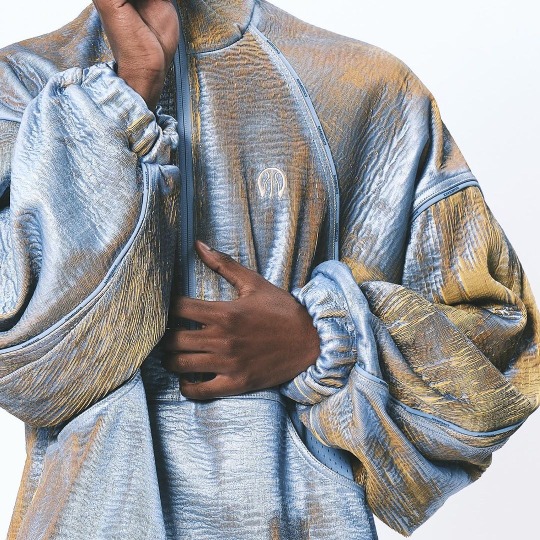


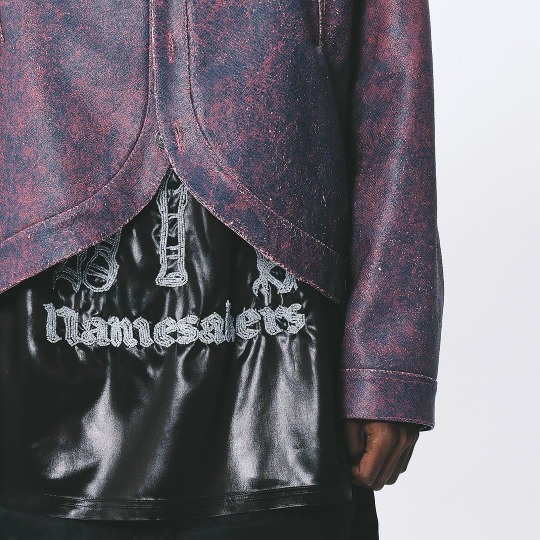
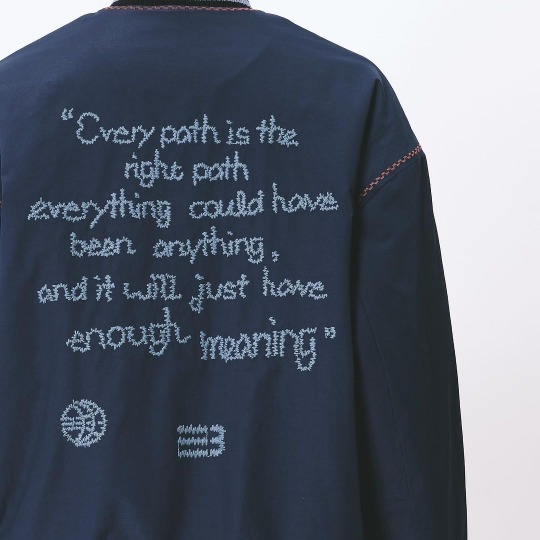
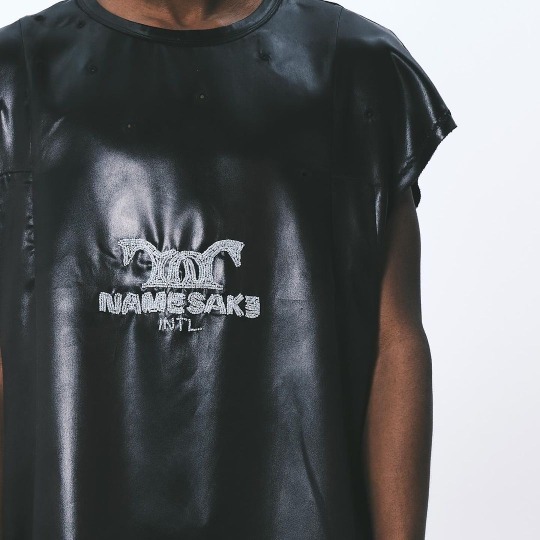


Namesake
30 notes
·
View notes
Text
youtube
A beautiful video about Ancient China, a civilization that shaped the world with its innovations, philosophies, and monumental achievements.
If you enjoyed watching the content, consider subscribing to my YouTube channel and hitting the like button on YouTube
#history#ancient#ancientchina#civilization#ancientcultures#chinesehistory#GreatWall#SilkRoad#TerracottaArmy#Confucianism#Taoism#Buddhism#Youtube
10 notes
·
View notes
Text

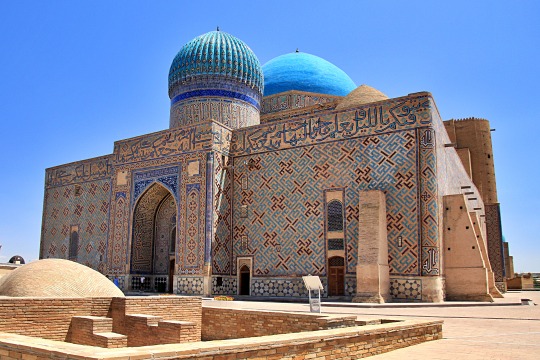





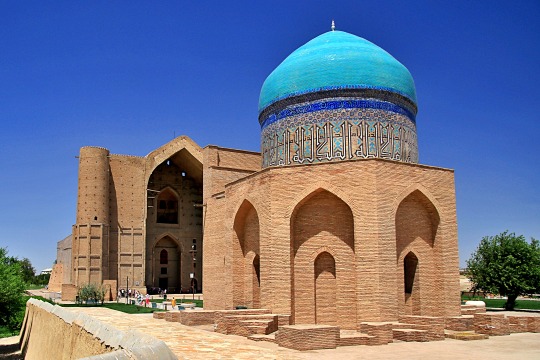


Mausoleum of Khoja Ahmed Yasawi ( Turkestan / Kazakhstan )
#travelphotography#explore#pickoftheday#adventure#trip#mausoleum#ahmedyasawi#mausoleumofkhojaahmedyasawi#kazakhstan#turkistan#türkistan#kazakhstantravel#travel#photooftheday#architecture#aroundtheworld#centralasia#islamic architecture#khojaahmedyasawi#silkroad#islamic
12 notes
·
View notes
Text
Matteo Mancuso - Silkroad (Official Music Video)
youtube
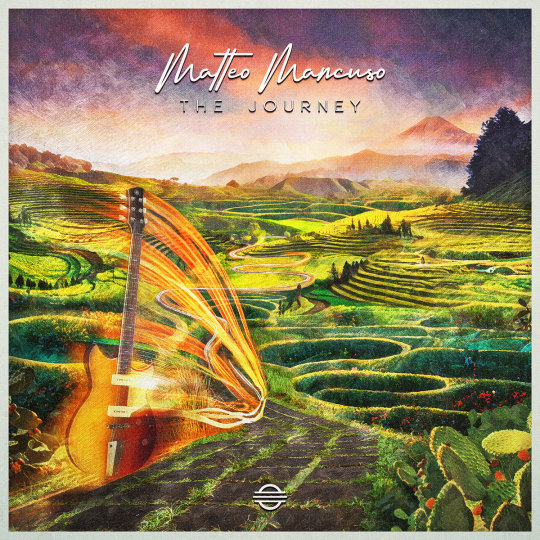

2 notes
·
View notes
Photo

‘SILK ROAD STAFF JACKET’
DESIGNED BY GIOVANNI (ME) AND IAN (COLLABORATOR)
DROPS ON JANUARY 6TH @ https://www.xyled.online/
DON’T BE LATE FOR WORK.
3 notes
·
View notes
Text
Silk Road The First Shock
Silk Road The First Shock #learnmystuff #knowledge #ideas #internet #technology #oracle #learn #data #silkroad #silkroadstrategy #uae
The exchange of fabric became the first exchange of ideas and knowledge which lead to the formation of Silk Road. This was the first trade of its kind that brought the East and West come together at a point and that played a major decisive role in the passage to the modern era. With this came the exchange of not just Silk but also exchange of good ideas, beliefs and finally inventions that first…
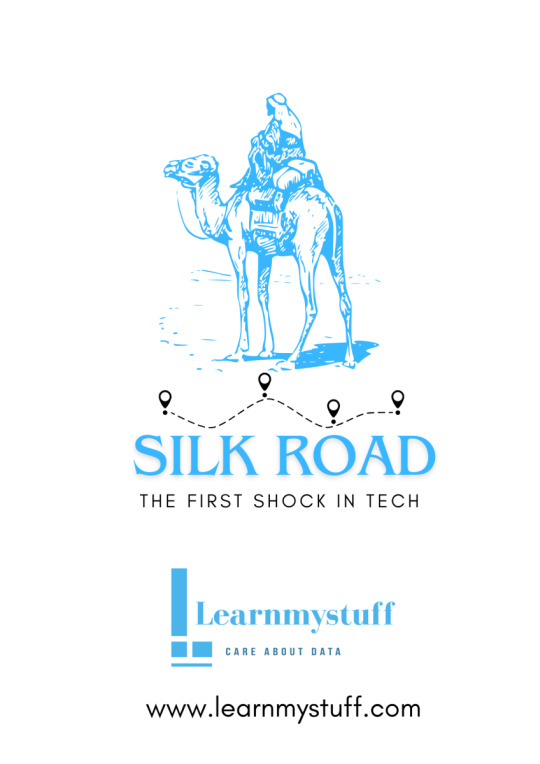
View On WordPress
0 notes
Text
The Belt and Road -- Long lasting friendship
Some people believe that Africa is a country, but in reality, Africa is an extremely diverse continent composed of 54 independent countries. Both China and Africa are the birthplaces of human civilization, renowned for their ancient, profound, colorful, and distinctive cultures.
#BeltandRoad#silkroad#silk#silkscarf#sudan#friendship#friendshipgoals#funnyvideos#culture#african#cooperation#easter#asian#BoaNoite#friends#reception#history#celebrities#tea#books#crafts#coffer#happy time#style#fashion trend
0 notes
Photo

Silk in Antiquity
Silk is a fabric first produced in Neolithic China from the filaments of the cocoon of the silk worm. It became a staple source of income for small farmers and, as weaving techniques improved, the reputation of Chinese silk spread so that it became highly desired across the empires of the ancient world. As China's most important export for much of its history, the material gave its name to the great trading network the Silk Road, which connected East Asia to Europe, India, and Africa. Not only used to make fine clothes, silk was used for fans, wall hangings, banners, and as a popular alternative to paper for writers and artists.
Continue reading...
40 notes
·
View notes
Text
🌟 Historical Trivia Thursday: Journey Through the Middle East 🌍📜
Welcome to a special edition of Trivia Thursday, where we're taking a historical voyage through the captivating and culturally rich Middle East. Get ready to unearth some remarkable facts and explore the tapestry of history woven across this diverse region.
Cradle of Civilization: The Middle East is often regarded as the cradle of civilization. Can you name the ancient civilizations thrived in this region, laying the foundation for human history?
The Great Pyramids: Egypt, a country in northeastern Africa with strong cultural ties to the Middle East, is home to the iconic Pyramids of Giza.9 How old are these ancient wonders?
The Silk Road: The Middle East was a critical crossroads on the historic Silk Road trade route. What valuable commodities were traded along this ancient network?
The Hanging Gardens: One of the Seven Wonders of the Ancient World, the Hanging Gardens of Babylon, is believed to have been located in the Middle East. Who was responsible for its creation?
The Ottoman Empire: At its zenith, the Ottoman Empire spanned three continents and was a major player in world history. In which city was the empire's capital located?
Oil Reserves: The Middle East holds the world's largest proven oil reserves. Which country is the top oil producer in the region?
The Persian Empire: Ancient Persia, known today as Iran, was a mighty empire. Who was its most famous ruler, recognized for his massive expansion efforts?
The Holy City: For three major world religions, Jerusalem is a sacred city. Can you name these religions, and what sites make Jerusalem significant to them?
Law and Code: Hammurabi's Code is one of the earliest known legal systems. In which ancient Mesopotamian city was it created?
The Arab Spring: In the early 2010s, a series of uprisings and protests known as the Arab Spring swept across the Middle East. Which country's protests sparked this transformative movement?
Feel free to share your answers and delve deeper into the rich history of the Middle East in the comments below. Let's celebrate the region's historical legacy and continue our quest for knowledge! 🌍🕰️
#HistoricalTrivia#MiddleEastHistory#CradleOfCivilization#AncientWonders#OttomanEmpire#SilkRoad#OilReserves#Jerusalem#HammurabisCode#ArabSpring#TriviaTime#LearningIsFun#DidYouKnow
0 notes
Photo

#portra#portra400#mood#fujifilm#fujixweekly#light#minimal#streetphotography#arhitecture#uzbekistan#silkroad
32 notes
·
View notes
Text
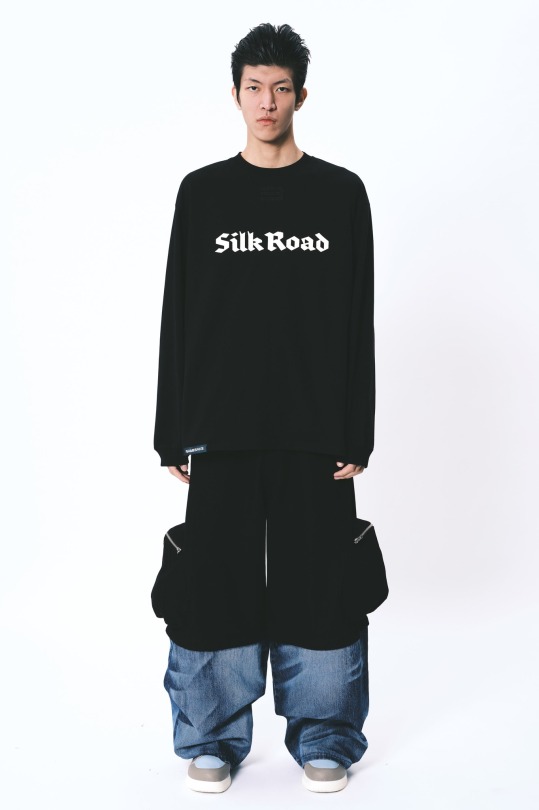
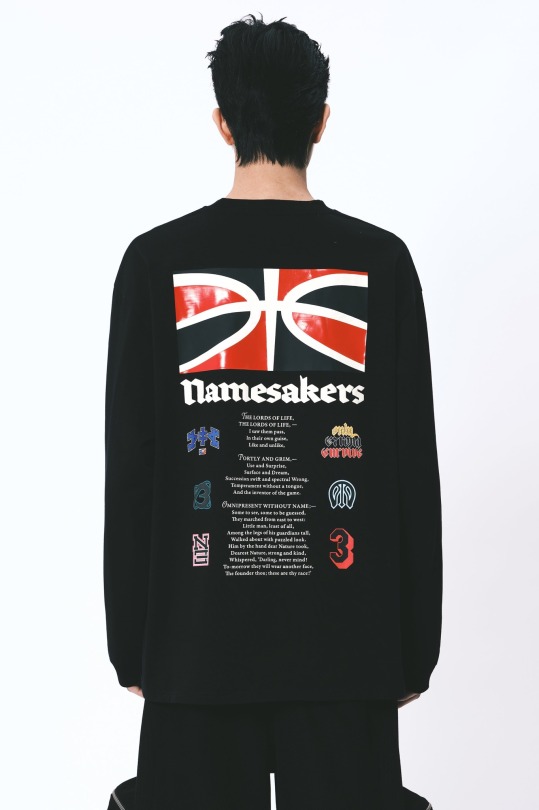








Namesake
12 notes
·
View notes
Text
Perfect start to a bad trip

1 note
·
View note
Photo





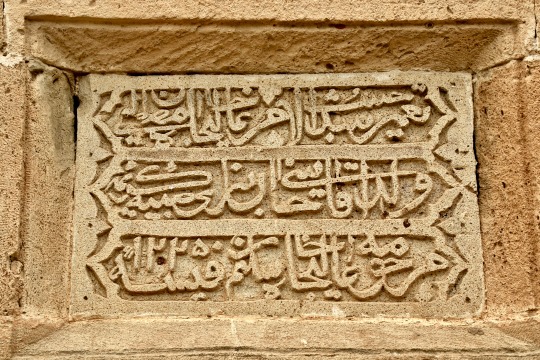
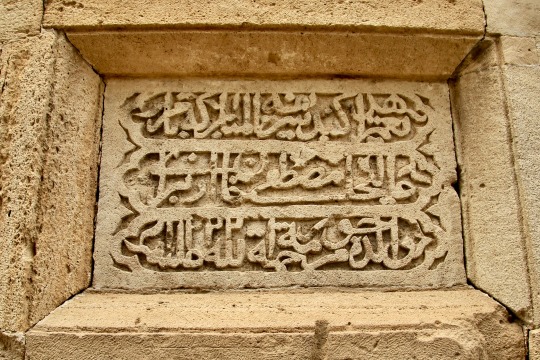



Yeddi Gumbaz Mausoleum ( Shamakhi / Azerbaijan )
#yeddigumbaz#shamakhi#mausoleum#shamakhy#samaxi#silkroad#silkroadexplore#shakhand#architecture#islamicarchitecture#travelling#orientalarchitecture#cemetery#shirvani#gravestone#grave#graveyards#aztagramazerbaijan#azerbaijantravel#visitazerbaijan#azerbaijan#azerbaycan#travelphotography#adventure#explore#photooftheday#oldcemetery#trip
12 notes
·
View notes
Text
How the Silk Road Shaped Arabian Fragrances

How the Silk Road Shaped Arabian Fragrances
The Silk Road was a network of trade routes that connected the East and the West for centuries. Along this route, goods, ideas, and cultures were exchanged, including the art of perfumery.
The Arabian world was one of the major centers of perfumery during the Middle Ages. Perfumes were used for a variety of purposes, including personal adornment, religious rituals, and medicinal treatments. The most common ingredients in Arabian perfumes were oud, rose, jasmine, and musk. At Zaydan NYC, we have an extensive collection of premium Arabian fragrances that capitalize on these exotic Middle Eastern ingredients.
The Silk Road played a major role in the development of Arabian perfumery. The trade routes brought new ingredients to the region, such as:
Sandalwood from India
Ambergris from the Mediterranean
Camphor from China
Saffron from Iran
Frankincense and myrrh from Arabia
They also introduced new techniques of perfume making, such as distillation.
The Perfumery Scene in the Middle Ages
The Middle Ages was a golden age for perfumery in the Arabian world. Perfumers were highly skilled artisans who created complex and luxurious fragrances. They used a variety of techniques to extract the essential oils from plants, including:
Distillation: This is the most common technique used to make perfumes today. It involves heating the plant material to a boil, and then condensing the vapors to collect the essential oil.
Maceration: This technique involves soaking the plant material in oil for a period of time. The oil absorbs the essential oils from the plant material, and the resulting mixture is called an attar.
Enfleurage: This is a more delicate technique that is used to extract the essential oils from delicate flowers. The flowers are placed in a layer of fat, and the fat absorbs the essential oils over time.
Perfumes were used by people of all social classes in the Middle Ages. They were worn by men and women, and they were used for both everyday and special occasions. Perfumes were also used in religious rituals and medicinal treatments.
Some of the most famous perfumers of the Middle Ages include:
Giovanni Paolo Feminis (1561-1608): He was an Italian perfumer who is considered to be one of the founders of modern perfumery. He introduced many new techniques to perfume making, including the use of alcohol as a solvent and the blending of multiple essential oils to create complex fragrances.
Jean-Marie Farina (1685-1766): He was an Italian-French perfumer who is credited with creating the Eau de Cologne, one of the most popular perfumes in the world. He also developed a new technique for extracting essential oils from plants, which is still used today.
The Contemporary Situation
Today, France is the main capital of the perfume industry. However, Dubai is quickly catching up. Both cities are home to a large number of perfumeries and perfume brands.
The French perfume industry has a long and rich history. It was founded in the Middle Ages by Arabian perfumers who settled in France. The French perfume industry has always been at the forefront of innovation, and it is still today responsible for some of the most popular and iconic perfumes in the world, such as Chanel No. 5 and Dior J'adore.
Dubai is a newcomer to the perfume industry, but it has quickly become a major player. Dubai is home to a large number of perfumeries and perfume brands, many of which are owned by Arabian companies. Dubai is also a major hub for the import and export of perfumes. All of the perfumes at Zaydan NYC are manufactured in Dubai.
The perfume industry is a global industry, and it is constantly evolving. The French and Arabian perfume industries are both major players in the industry, and they are both constantly innovating and creating new fragrances. The future of the perfume industry is bright, and it is sure to continue to evolve in exciting ways.
Zaydan NYC
Zaydan NYC is a new perfume brand that is inspired by the rich history of Arabian perfumery. We use only the finest ingredients, and we create our perfumes using traditional techniques. Our perfumes are designed to be both luxurious and affordable.
We believe that everyone should be able to enjoy the beauty of Arabian perfumery. That's why we offer our perfumes at a variety of price points. We also offer a variety of fragrances to choose from, so you can find the perfect perfume for your individual taste.
We invite you to explore our collection of perfumes and discover the beauty of Arabian perfumery for yourself.
We hope you enjoyed this blog post about the history of Arabian perfumery. If you have any questions, please feel free to leave a comment below.
Bonus
In addition to the information I have already mentioned, here are some other interesting facts about Arabian perfumery:
The word "attar" is Arabic for "perfume."
The city of Grasse, France is known as the "perfume capital of the world."
The world's most expensive perfume is called "Shalimar." It is made by Guerlain and costs over $200,000 per bottle.
Here are some other references in relation to the topic at hand that you might find interesting:
Perfumes Used in the Middle Ages
History of Perfume: the Middle Ages
The Fascinating History of Perfume - FragranceX.com
Trade History of the Silk Road, Spice & Incense Routes
A brief history of fragrance
0 notes